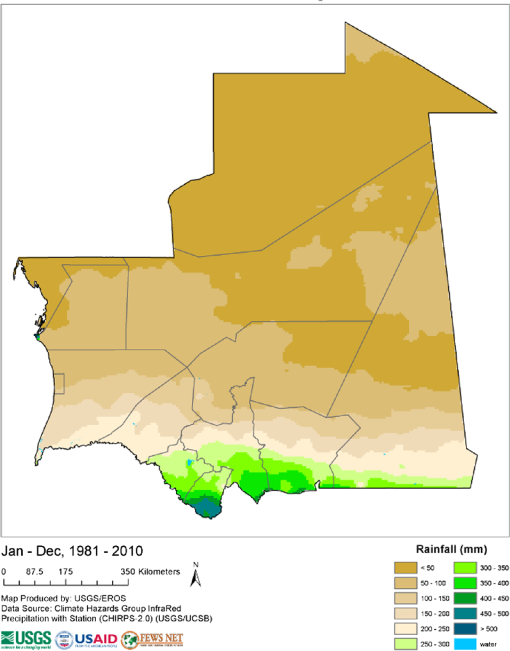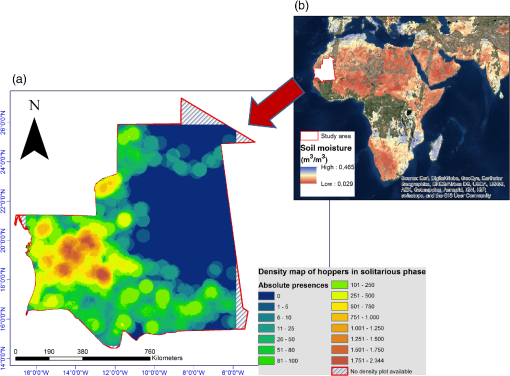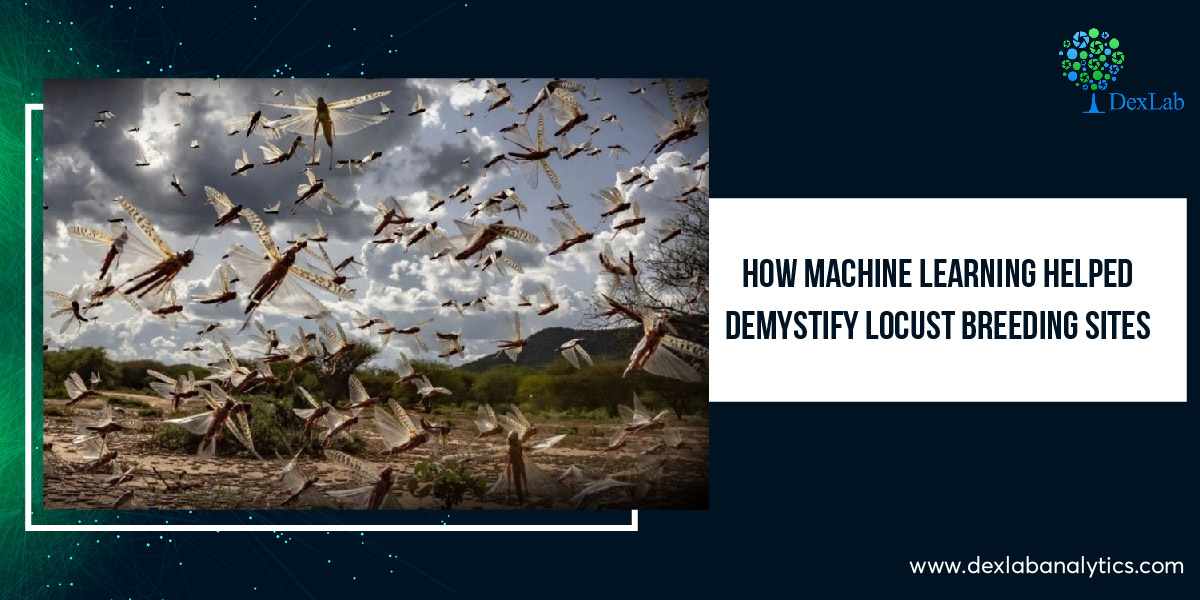Even as the coronavirus pandemic rages on and India is living through a strict lockdown to abate the spread of the novel virus, a disastrous spell of a plague of crop destroying locusts has struck Rajasthan, Gujarat and parts of Madhya Pradesh.
Threatening to balloon into an agrarian crisis, the destruction of crops on this scale is being seen as one “worst in decades”. In fact, such large scale breeding of locusts and an attack by them is the worst in 27 years, government officials said.
In such frightening circumstances, what we can truly bank upon to detect and fight locust attacks is advanced technology like machine learning techniques. This essay aims to demystify how machine learning can be used to detect locust breeding patterns by studying soil moisture through remote sensing.
The Study

A study called “Machine learning approach to locate desert locust breeding areas based on ESA CCI soil moisture” shows how researchers have “used two machine learning algorithms (generalized linear model and random forest) to evaluate the link between hopper presences and SM (Soil Moisture) conditions under different time scenarios…It was found that an area becomes suitable for breeding when the minimum SM values are over 0.07 m3 / m3 during 6 days or more. These results demonstrate the possibility to identify breeding areas in Mauritania by means of SM, and the suitability of ESA (European Space Agency) CCI (Climate Change Initiative) SM product to complement or substitute current monitoring techniques based on precipitation datasets.”
The Findings
The study found that “it is widely assumed” that rainfall over 25 mm in two consecutive months is conducive to locust breeding. Likewise, various soil moisture conditions affect breeding patterns greatly. So, the study finds that it is important to have “variable creation as a previous step to modeling”. Different time intervals of locust breeding were tested by the researchers for model creation. Also, different soil moisture values were considered.

It was found that the “highest performance was acquired by the RF (Random Forest) algorithm when dividing the whole survey time into ranges of 6 days, and selecting the minimum SM as the variable value.” GLMs of Generalised Linear Models, however, did not work well according to the study.
The applied methodology of machine learning offers promising results to accurately identify breeding areas based on data pertaining to 30 years of SM values. The ESA CCI soil moisture data is one of the most authoritative ones in the world. Thus the researchers who conducted this study are confident that their results signify a breakthrough in locust monitoring technique prevalence in the world.

Conclusion
This study, thus, proposes a machine learning approach based on SM time series “to predict breeding areas, by means of remote sensing”. Artificial Intelligence and Machine Learning will help future researchers and scientists to study and produce better warning systems based on the results of this study. In this study only soil moisture data has been used but more variables like temperatures can also be taken into account to accurately predict breeding grounds in the future.
For more on machine learning applications, do peruse the Dexlab Analytics website today. This article was brought to you by DexLab Analytics, a premier institute offering Machine Learning courses in Delhi.
The blog has been sourced from ― Machine learning approach to locate desert locust breeding areas based on ESA CCI soil moisture
.
